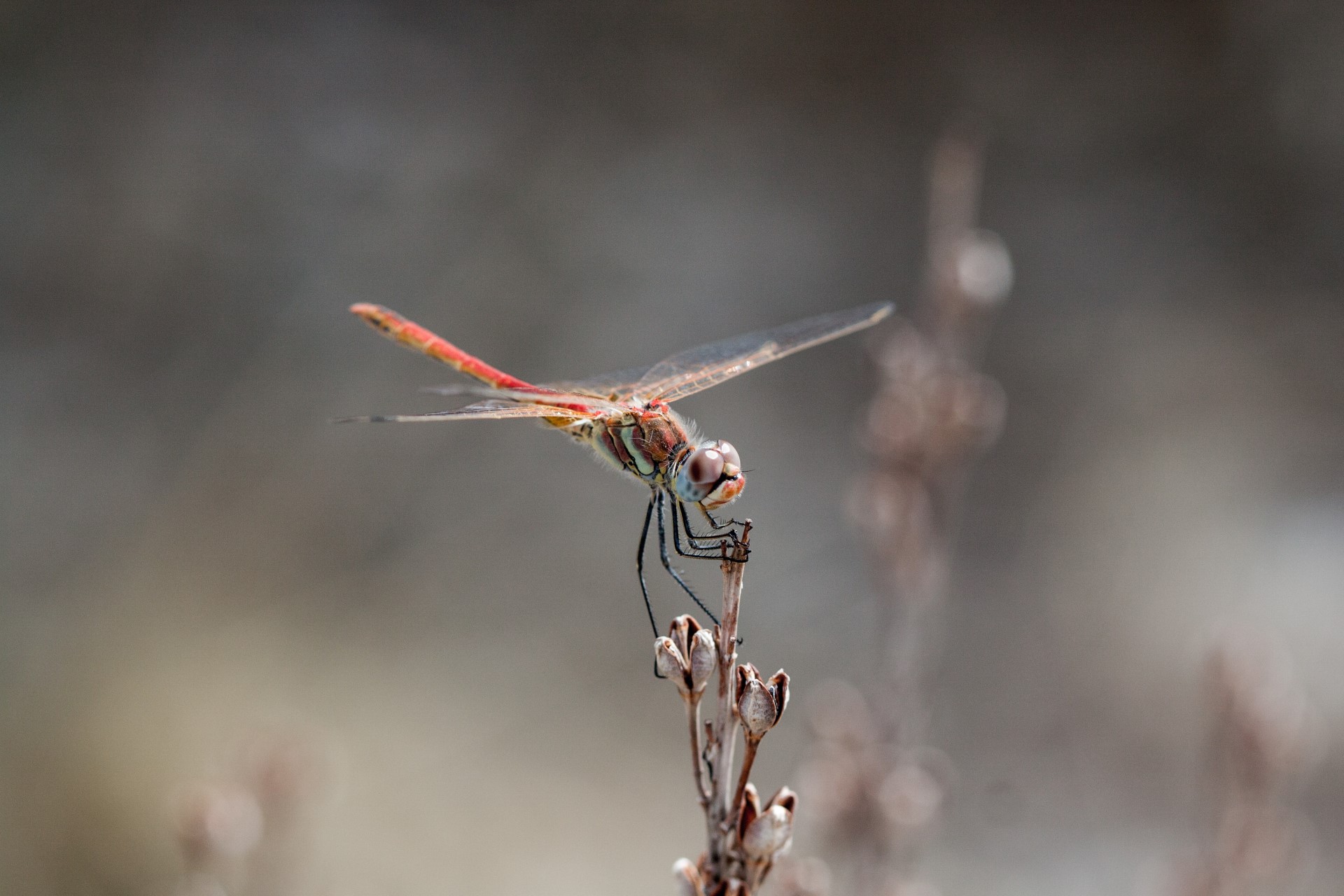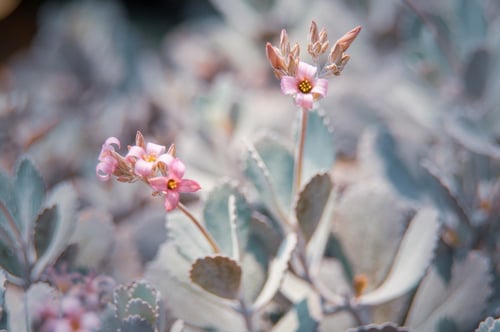
Unless you’ve lived under a rock for the last decade – and a very remote rock at that – you’ve heard the word pollinator.
Most likely you even know that the term extends far beyond bees, encompassing birds, bats, moths, beetles and tons of other insects. Nevertheless, bees make up a huge portion of the pollinating pie, and since they fly, they are frequent visitors of green roofs and roof top gardens.
Where, can we just say, they do a lot of kickass work. But what type of work, exactly? And how do those green roofs help them back?
That’s what we’re here to talk about today. Get ready for the greatest romance of all time: pollinators and the green roofs that love them.
How Do Green Roofs Help Pollinators?

Okay, fine. We oversold that “greatest romance” thing a teeny bit. Still, the relationship between green roofs and bees is a healthy one … and solves a lot of problems.
“As cities develop, they sprawl into their surroundings, fragmenting animal habitats and replacing vegetation with hard surfaces such as concrete and asphalt,” explains The Conversation, adding that this both shrinks habitats and places them ever farther away from one another. “These segments of green space have become known as ‘habitat patches,’ disconnected pieces of habitat that animals can move between to achieve the effect of a larger ecosystem.”
Plus, “Of the 20,000 or so known bee species, 85 per cent or more are solitary. Rapid urbanization, through paving extensive areas of our environment and loss of vegetative cover, is having a widespread harmful impact on their habitat.”
Green roofs effectively increase the amount of habitat in cities, fostering urban ecology wherever they are. Not only that, though, they give bees a resting spot between hives and the habitats from which they gather pollen – their food. For solitary bees, they even provide homes. These guys don’t travel back to a hive, but instead make their own little abodes in plants and soil.
Many green roofs, especially rooftop gardens, also provide a lot of that food. Native flowers and pollen-rich specimens such as lavender, mints, coneflowers, and other exotic but valuable plants all help native bees and honeybees thrive.
And considering how much of our food they produce, and how many wild plants they assist in reproduction – up to 90 percent – we really need them to.
How Do Pollinators Help Green Roofs?

So we know that green roofs help bees, but what about the reverse?
First and most obviously, they pollinate. Just because the plants on green roofs aren’t a vital part of the food supply – though they can certainly contribute to it, as in the case of rooftop veggie gardens – doesn’t mean they don’t need to propagate. Bees help them do that, cross-pollinating to help plants form seeds and reproduce.
This in turn helps them fully cover the roof. Most roofs are composed of individual plantings that don’t start out as one thick carpet. Even when green roofing companies roll out sedum mats, these often don’t survive first contact with winter outside a greenhouse.
Bottom line? Plants must reproduce for the green roof to green over and provide its many benefits.
Thick plant cover leads to a lot of secondary benefits, including a robust stormwater-retention layer to keep water from rushing into our streets, overflowing sewers, and carrying pollutants and disease into our waterways.
Greenery also helps fight the urban heat island effect, sequester carbon and provide homes for many animals besides pollinators.
What Can We Do?
We’ve got to keep this romance alive, people – and that means helping the pollinators and the rooftops themselves. It starts with a great green roof design, expert plant choices, bee-friendly touches and ongoing stewardship of the rooftop habitat. Done right, it’s pretty awesome.
If you’d like to learn more, we invite you to get in touch with Ecogardens today.

